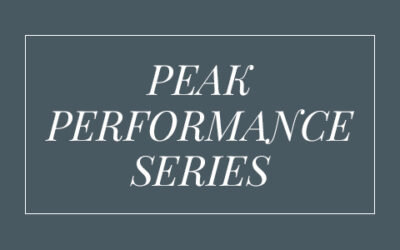Consulting or Coaching…What’s the Difference?
Results are not what they need to be. Staff is not appropriately responding to direction. Your second-in-command is not developing casting doubt about his/her ability to assume your organization’s top leadership position. A critically important initiative seems to be stuck and is not moving forward according to plan. A “star” performer consistently exceeds goals but does so in a manner that abuses subordinates and colleagues. This is just a partial list of challenges that could require outside assistance. But, what is the best source of help, a coach or a consultant? Understanding the difference between consulting and coaching is key to making the best choice to successfully addressing the challenge.
The fact is that both practices often follow a similar process. Most engagements typically begin with a “discovery phase” where the nature of the challenge is identified and understood. This leads to a “gap analysis” that identifies the current situation versus the desired state. The next step is the creation of a “development plan” that lays out the strategies and tactics to address the challenge and satisfy the goals of the engagement. As the engagement is in process progress is monitored and adjustments are made as necessary. Finally, the engagement reaches the “closure” stage where success is achieved and required on-going disciplines are committed to. While the coaching and consulting processes may be similar, their purpose and application is very different. They solve two different kinds of performance problems.
A consultant typically utilizes his/her experience and expertise to diagnose and solve a specific organizational performance problem. The consultant assumes the primary responsibility for leading the improvement process. Consulting engagements are often time-limited and focused on project-oriented results teaching their clients (organizations) new processes and methods.
While most business leaders have engaged consulting services at some level and possess an understanding of the practice as described above, fewer have experience with engaging professionally trained coaches to solve a performance problem.
A 2016 Gallup Engagement Study found that 82% of employees see their leaders as fundamentally uninspiring and that only 13% of the global workforce is engaged, while 24% are actively disengaged. Imagine the financial cost associated with lost productivity, poor quality, and staff turnover. The role of a coach is to enable individuals and organizations the ability to meet the basic human needs of finding meaning, purpose, connection, and genuine happiness in their work driving measurable improvement in individual and organizational performance.
While consulting engagements most often involve a relationship between consultant and organization, coaching engagements typically involve a relationship between coach and individual. Following the previously described process, executive coaches work to inspire, encourage, and support their clients in the pursuit of their dreams and achievement of their full potential. Through the development of a trusting and supportive relationship, the coach’s primary role is to facilitate a self-directed learning and development process for the client. Three primary coaching competencies include the ability to develop insightful, trusting and relevant relationships; excellent communications skills with an emphasis on empathic listening; and the ability to foster and facilitate learning.
This may sound a bit “too soft” and not directly relatable to tangible organizational goals and improved performance results, but the fact is (and the data supports) that an organization is only as effective and successful as its people – particularly those in impactful leadership positions. As Jim Collins famously said, you need to “get the right people on the bus (and get the wrong people off the bus) and get the right people in the right seats”. Ineffective leadership drives organizational failure. Leadership turnover is expensive – in many ways. Bottom line… the right investment in providing your key leaders with effective coaching that improves their skills, competencies, and effectiveness is justified with a positive return on investment.
Before investing in either consulting or executive coaching make sure to thoroughly understand the problem you need to fix and carefully evaluate the outside involvement that best addresses the need.
Food for thought.








0 Comments